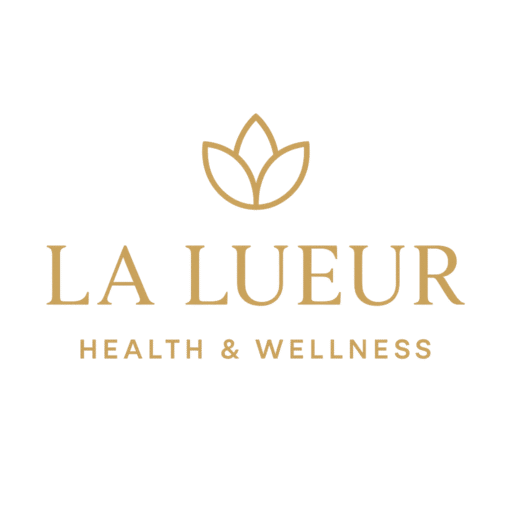Microneedling creates microscopic openings on the surface of the skin. It causes the tissue to develop new collagen and elastin, resulting in smoother, firmer skin. The treatment is completely non-surgical and requires little downtime.
What is Microneedling?
Microneedling is a rejuvenating skin treatment that addresses:
- Wrinkles and fine lines
- Hyperpigmentation
- Sun damage
- Mild inelasticity
- Acne scars
- Large pores
- Rough skin
- Dull skin
You may hear micro needling referred to as percutaneous collagen induction because the treatment increases collagen in your skin. Collagen is the supportive scaffolding of youthful, smooth skin. It naturally declines with age. By inducing the creation of collagen (as well as elastin), micro-needling leads to smoother, plumper, firmer skin.
The Microneedling Process
Modern treatments use an automated pen-like device. It’s handheld. The head of the device contains a circular arrangement of tiny needles. The device is set to penetrate the skin at a certain depth, making the treatment highly customizable.
As the provider passes the head of rotating needles across the skin, the needles make tiny openings in the epidermis. These minuscule punctures prompt a healing response in the skin without damaging tissue.
Opening the skin’s pores for nourishing topicals: Another benefit of micro-needling is that the skin is essentially opened up via the tiny channels made, and can thereby better absorb any variety of rejuvenating topical ointments, creams, and other skin products chosen by you and the provider.
How Long Does it Take to Heal from Microneedling?
Microneedling is minimally invasive, but your face will be flushed and red for about 24-72 hours after the appointment. During this time, don’t apply facial cosmetics. We know it is tempting to conceal the redness, but micro needling opens up the pores of your face, so the last thing you want to do is clog all those channels into the epidermis with makeup.
For 24-48 hours, it is normal to experience peeling, dryness, swelling, and bumps. Follow our directions for which moisturizers and cleansers to use during this time. Your skin will start looking radiant and fresh after a few days, and results will continue to improve over the next couple of months as new collagen and elastin form.









